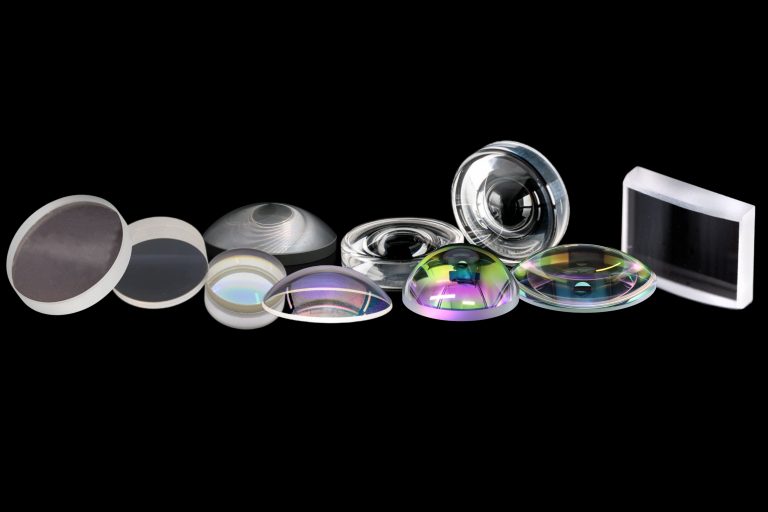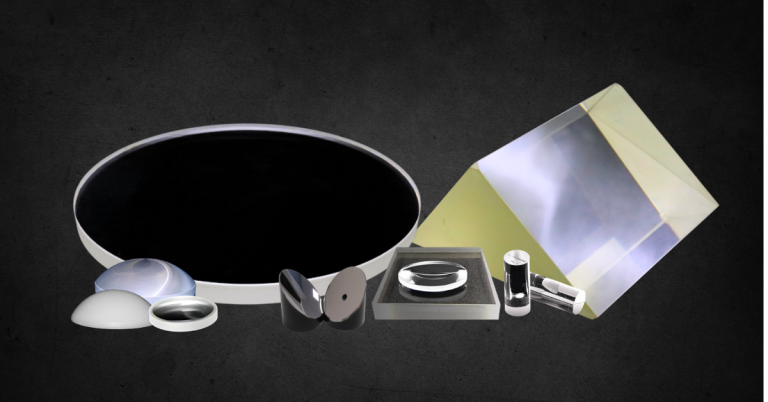25 Years of Change in Technology and Features of Optics, optical technologies
The past 25 years have seen enormous advances and transformations in optics and optical technologies. Here we’ll look at just what changed— and how these changes are transforming our lives, work, and research.
Then and Now: 25 Years of Optics
What would most surprise a time-traveling visitor from 2000, visiting today’s optical factory? Would it be the sleek, high-performance optics that come in smaller and smaller sizes, with finely crafted detail that the naked eye cannot even distinguish? Would it be the versatile flexibility in free-form optics, or the economical new ways we have of manufacturing aspheres to scale? Would it be the new lightweight, eco-friendly materials we have to work with, or our abilities to use computer technology to polish and perfect precision optics to meet even the highest standards?
All this— and much more. The history of optics, from the time when Egyptians and Mesopotamians crafted their first lenses till now is marked with multiple periods of fast growth and multiple key milestones, but there’s something special about the rate of recent progress. Optics has come into its own, and the optical industry is advancing at exponential rates.
What happened to make today’s optics so much smaller, smarter, and more efficient? Let’s look at 25 years of progress, condensed into one brief page.
Smaller
Microlenses aren’t new— but the techniques we use to produce them have changed dramatically, giving flexibility that just wasn’t there 25 years ago. We’ve also learned how to manufacture thinner, lighter, standard components and how to make a tiny assembly do the job that before required a large, clunky collection of optical components.
One example of this is the digital camera of 2000. Back then we’d figured out the technology to take digital pictures, but it came in a cumbersome package that required delicate treatment. Today, we’ve managed to condense that same capability into fingerprint-size in a smartphone camera— and make it robust enough you can carry it around in your pocket.
Smarter
Look through any lineup of modern optical products versus older versions, and you’ll notice immediately that today’s optical products are smarter than they were yesteryear. 25 years ago even complex assemblies relied on analog components and had limited functionality. In most cases, they required extensive manual control. Today, by contrast, optics are coupled with advanced computer technology and AI to create highly automated systems that require a minimum of personal guidance and intervention. Automation, real-time data analysis and adaptive functionality can easily be built into an optical system.
But there’s another important way that the optical industry has got smarter: manufacturing processes are smarter too. Take the process of polishing a precision lens— no longer do we need to rely on manual labor; instead, computer-controlled polishing can ensure that the final result Is as smooth and blemish-free as the application requires, even if the optic is not a standard spherical shape.
More Efficient
But today’s optics aren’t only smaller and smarter– they’re also more streamlined and efficient. You’re likely to have noticed that most of the optics you work with on a day to day just work better than those you used even ten years ago. Advances in design mean we’re better at correcting aberrations than we were, and enhanced optical coatings enable us to fine-tune the function of an optical component in a way that was never before possible.
As an optical designer and manufacturer, we’ve also perfected more efficient manufacturing processes for many optical components that used to be impractical to produce at scale. Free-form optics, aspheres, and micro-optics are just some examples of specialized components that used to be very limited 25 years ago and can be produced on scale today.

New Materials, More Durability
One of the secrets to the advances in optics we see today lies in the use of advanced materials like composites, silicon carbide (SiC), and lightweight alloys. Many traditional optical materials were heavy and environmentally unfriendly, and often they lacked industrial strength and durability. Something as simple as changing the substrate used can result in enormous changes in performance, lifespan, and environmental sustainability.

The enhanced durability of many modern materials leads to one special side effect: simpler assemblies. No longer do we have to use over-engineering to ensure system durability. Instead, it’s built-in from the substrate up.
25 Years of Advances: Product Specs and Optical Applications
If this article has whet your appetite and you’d love more detailed information on how optics have changed over the past twenty-five years, have a look at our two special articles detailing changes in product specs and in optical application. And if you’d like to inquire how you can harness some of these technological advances in your own application, contact us today!
References
- Corning, Anne. The Latest Advancements in Optics. March 18, 2024.
- Hecht, Jeff. Photonic Frontiers: Optics: Looking back/Looking forward: A transformation of optical components. Jan 2015, Laser Focus World,
- Rivera, Lanie. Optics Become Less Rough, More Tough. July/August 2016, Science & Technology Review,
- Winzer, P. et al.”Fiber-optic transmission and networking: the previous 20 and the next 20 years [Invited],” Opt. Express 26, 24190-24239 (2018)
- Wikipedia contributors, “History of optics,” Wikipedia, The Free Encyclopedia,
GREAT ARTICLE!
Share this article to gain insights from your connections!



